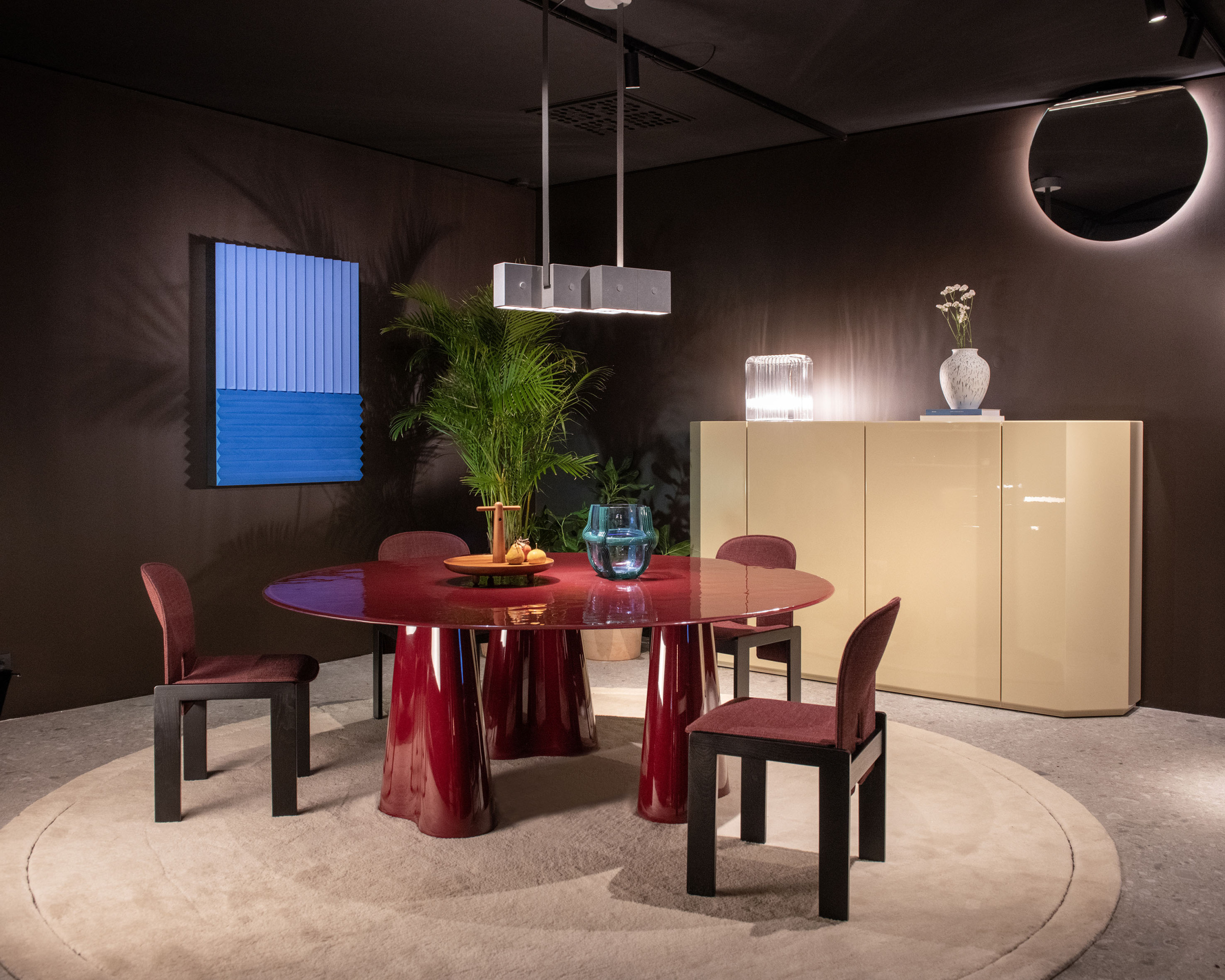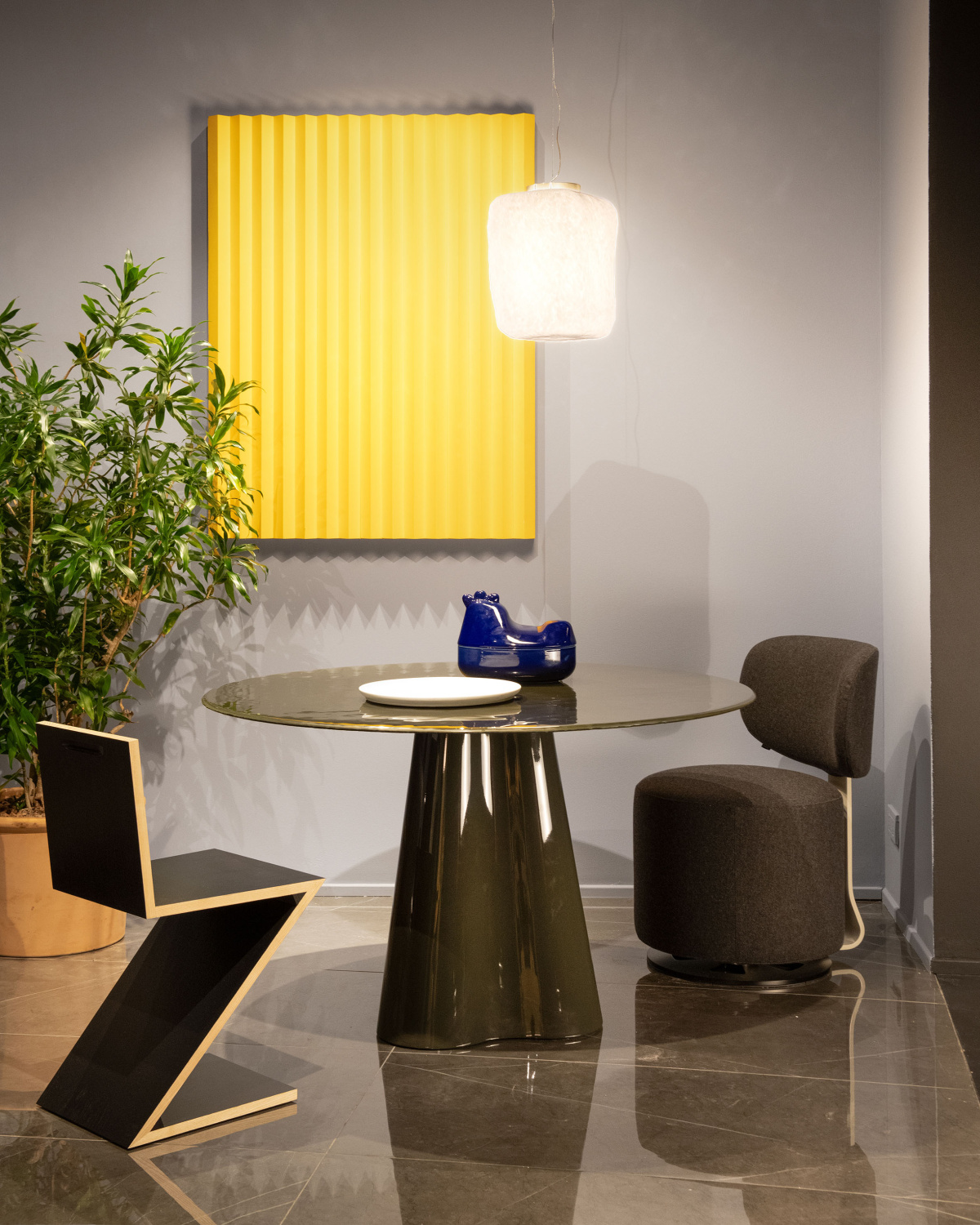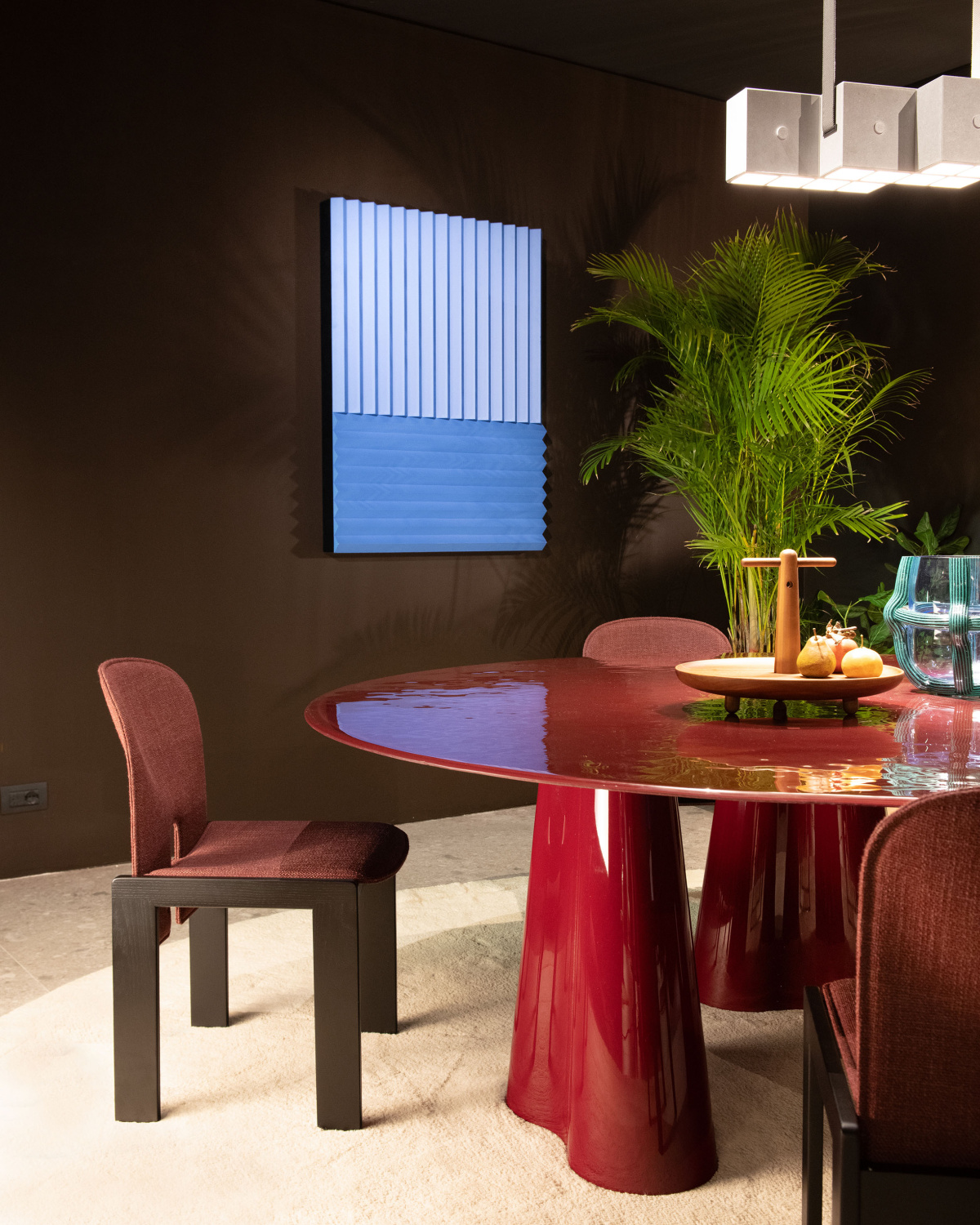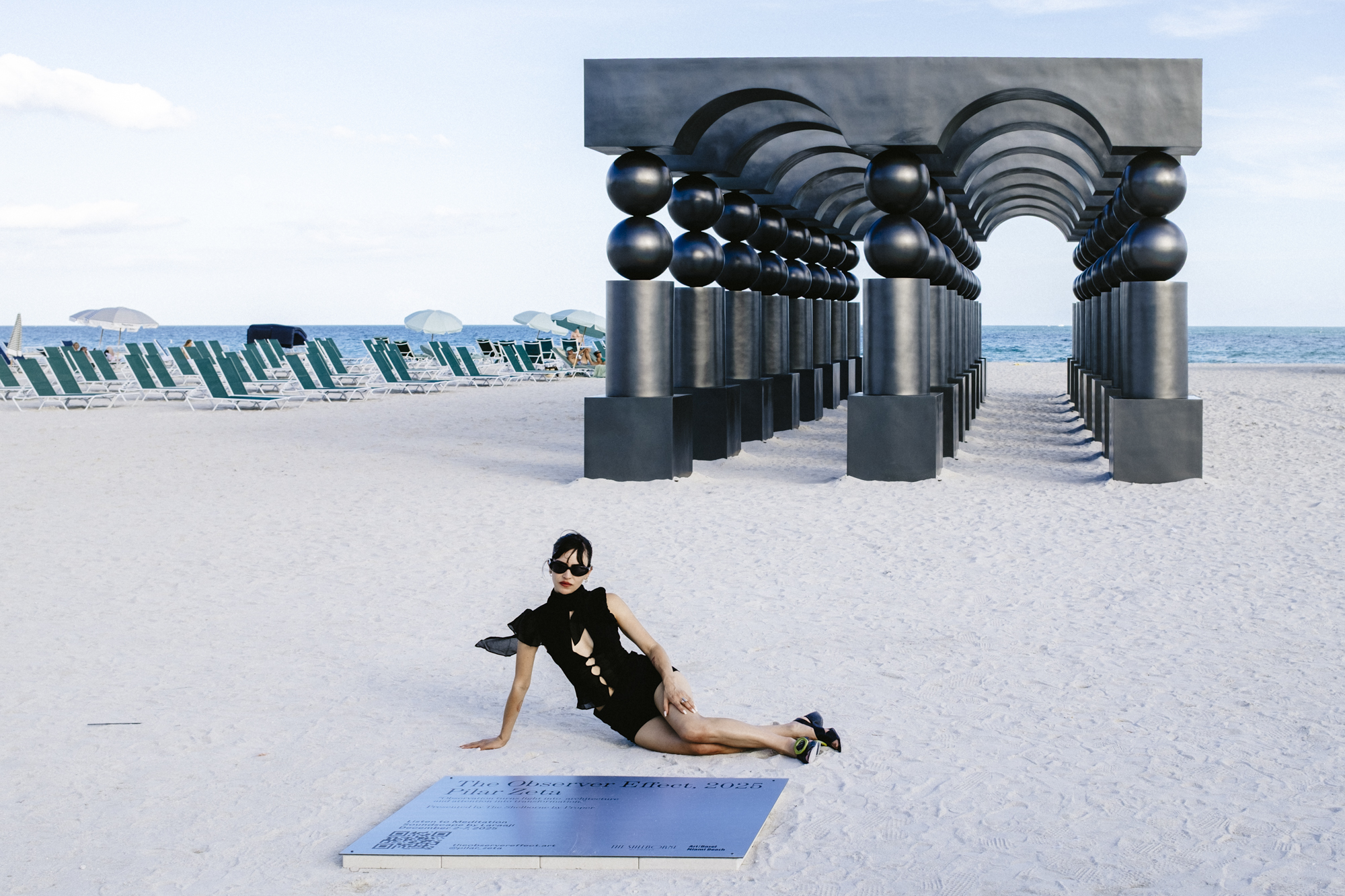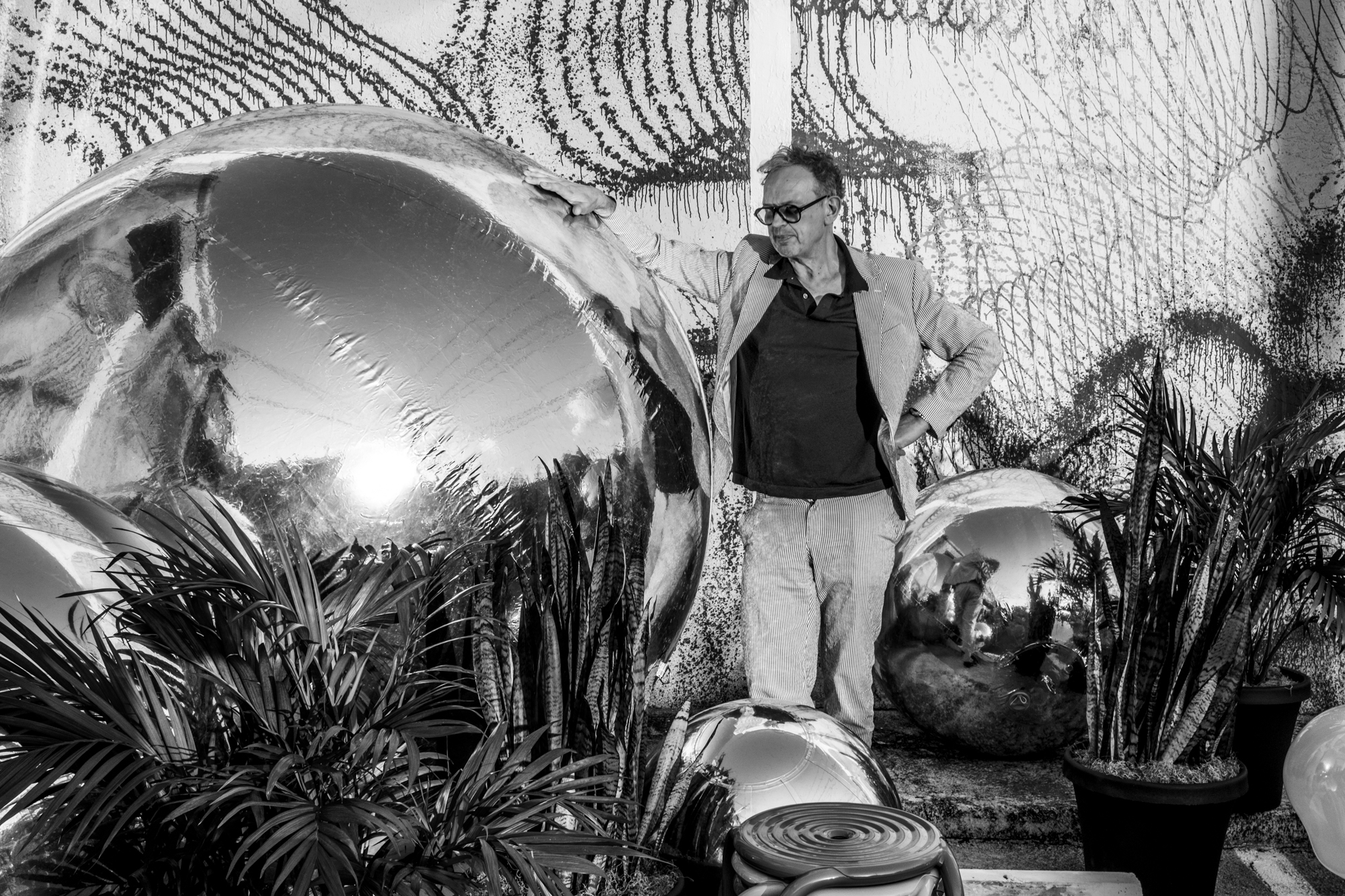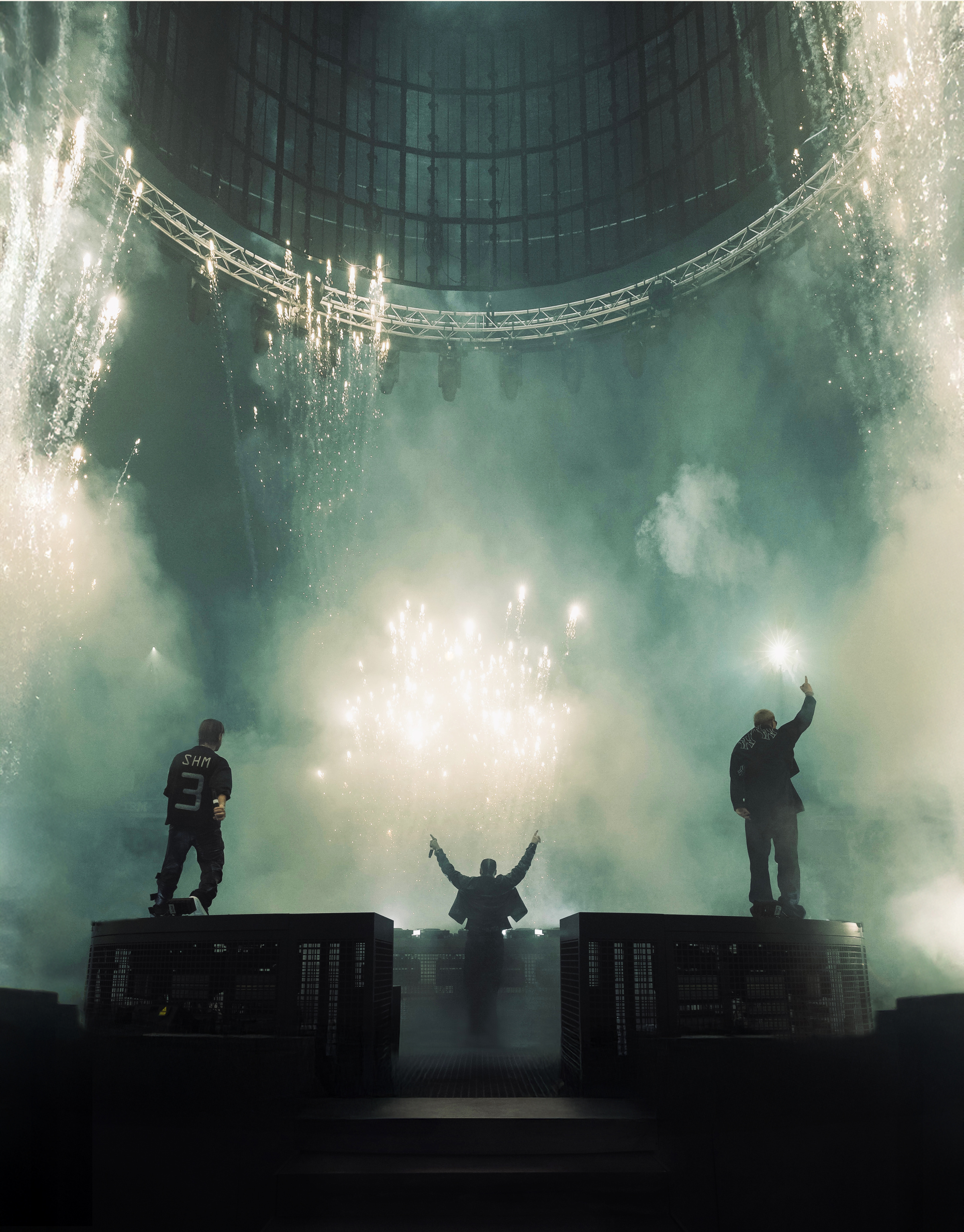For a moment I thought Ronan Bouroullec was describing a scene from The Big Lebowski. We had met on the roof of the Cassina showroom in Milan where he was debuting his first solo project for the brand, the Treflo tables. It was likely the busiest and most chaotic day of Salone, but Ronan was calm, quiet, attentive, and slowly puffing on a vape as he described his average day.
Ronan is by any standard, prolific. That week he was presenting work for Cassina, Flos, Magis, Kettal, Mutina, Officine Saffi, Glas Italia, and Wonderglass, all expertly supported by his unique aesthetic and drawing style. His following is rabid. When he was kind enough to draw the cover for the fourth issue of our magazine, it immediately sold out. My first question for him was: How does he do it all?
His answer? “I stay in my pajamas until noon.”
At this point he smiled, catching a glimpse of my very obvious envy. I prodded for more info.
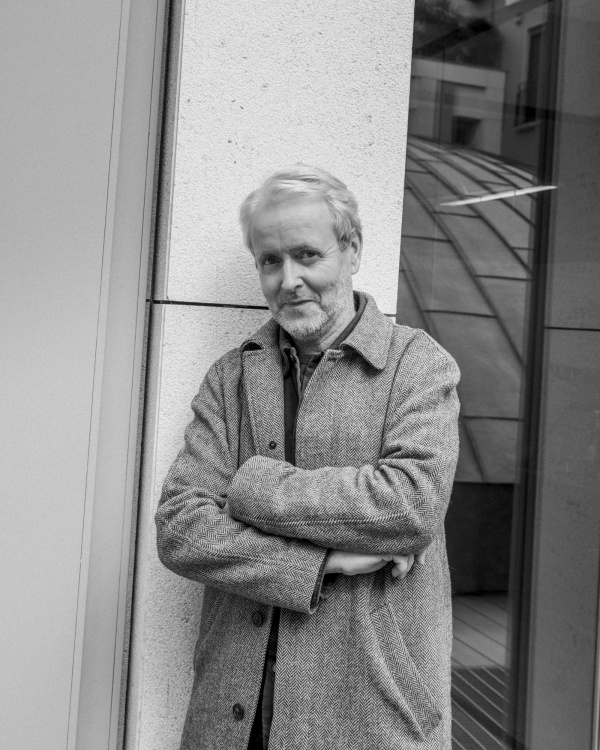
Ronan Bouroullec is by any standard, prolific. During Milan Design Week he was presenting work for Cassina, Flos, Magis, Kettal, Mutina, Officine Saffi, Glas Italia, and Wonderglass, all expertly supported by his unique aesthetic and drawing style. Photo by Chris Force
How did you decide to split your time between your studios in Paris and Brittany?
I have a daughter—she’s 16—so I need to be around while she’s in school. But it’s not too far from Paris, so I can manage to go back and forth quite often.
So much of your practice seems very hands-on—drawing, sketching, exploring. How do you balance the time you spend freely creating versus working on client demands?
I’m very lucky because I choose my clients. So far it’s worked well. I feel very free to work passionately. Of course I care about my clients, but mostly I care about doing good work. That’s the real challenge.
When you start your day, do you have a strict schedule or do you follow your interests?
I stay home until noon, that gives me time to draw and be in my own space. Then I head to the studio, usually with a bunch of sketches. I have a few assistants who help me bring ideas to life—we start mockups, and we also receive a lot of prototypes from different companies, which we review and assess together.
Do you listen to music while drawing?
No it’s usually quiet. I love the natural sounds—birds, the environment. I do like music, but I listen more when I can really concentrate. While drawing I often listen to podcasts about politics and science.
So you’re always drawing at home, in privacy and quiet, with no one around. Then when you go to the studio, it’s all madness and meetings? There has to be some chaos?
I don’t like meetings—so I don’t have any. I just move from one table to another. I have five assistants each with different skills. One is great at mockups, another focuses on textile colors, another is good with 3D rendering. I work in a very calm way. And luckily most of the companies I work with aren’t French, so there aren’t many meetings.
There are a lot of projects happening at once sometimes. But design projects are long—they usually take around two years to complete—so it’s possible to manage several at different stages. Some are just beginning and others are mid-phase.
- Treflo balances simplicity with underlying complexity.
- “Simplicity sparks an object full of life,” says Ronan. Photos courtesy of Cassina
When a company like Cassina approaches you do they give you total freedom? Or are there strict guidelines?
It depends on the company I’m working with. With long-term collaborations, we often talk on the phone or meet to review prototypes. It’s very organic—we go from one project to the next. With Cassina, they asked me to create a table using my drawings. We tried, but the first tests didn’t work at all. I didn’t think they were good. So we stopped, waited, and then the table finally became something more interesting.
Do you find that once something is successful, like the Issey Miyake project, people want to replicate it?
Yes a lot of companies asked to use my drawings on sofas or tables. But I don’t want to copy myself. When something is done, it’s done. I want to do something new every time.
Your work is so imaginative. When you’re drawing, is it all from your mind? Or do you get inspired by other things?
Not much from outside. For example, I never go to exhibitions. I’ve worked with Vitra for 25 years and they have an amazing museum—but I’ve never visited it.
I think we’re constantly bombarded by images. Sometimes I think it’s good to be a bit naive and to step back and find your own path. It’s important to be informed, but I like having a certain distance.
Do you scroll online for inspiration?
Not much. I use Instagram a lot because for me, it’s a marvelous tool for showing my work. The beauty of the (Treflo) table was its texture, especially under good lighting—it has a water-like effect. On Instagram I can show a project in the way I intended it.
Is your daughter interested in drawing and the arts?
She’s a very good drawer. But I think her mother—my ex-wife, Inga Sempé—wanted to protect her from going into design or becoming an artist. She encouraged her to do something different.
I don’t know what she’ll end up doing, but she has a great sense of things. Right now she wants to be a lawyer.
Would you ever want her to come work in the studio with you?
I think it’s important for children to find their own path. Inga herself is the daughter of a very important French artist (Jean-Jacques Sempé), and she suffered from always being seen as “the daughter of…” Sometimes it’s better to just be your own person, not always tied to a family name.
Is there any kind of project or medium you haven’t explored yet that you’d really love to try?
I’m open to everything. For me there’s no hierarchy. I love working in a craft-based way. These traditional, handmade techniques are like endangered birds. It’s important for designers to help preserve those skills and support the people who still practice them.
At the same time, I also love making chairs that my friends can afford for their gardens. I enjoy designing everything from unique pieces that require complex and expensive techniques to something made from a simple 20-millimeter tube, where the challenge is to find a new kind of geometry or language that didn’t exist before.
What about architecture—do you ever see yourself doing more buildings or spaces?
I’ve done some architecture—I even designed a floating house once. I think I would have liked to be an architect. I’m OK when it comes to turning a concept around a project. But when it comes to understanding space in a more structural way, that’s not my strongest point.
Do you follow other contemporary artists or designers closely?
I do of course, but in a very quiet way. I don’t compare myself too much. Most of my projects come directly to the studio so it helps me stay focused.
